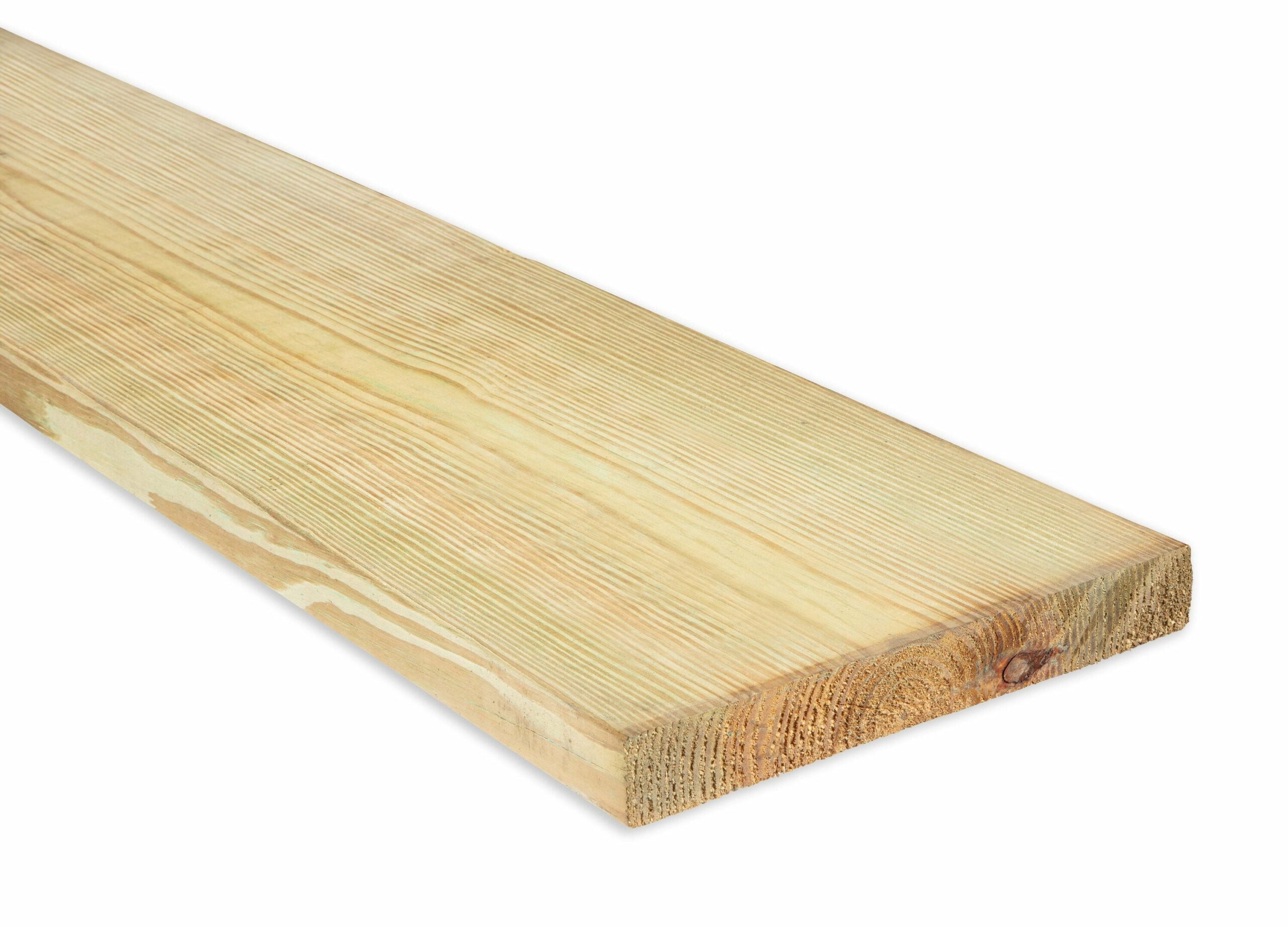Okay, so you’re planning an outdoor project and need lumber that can weather the storm? That trusty 2x6x12 pressure-treated board might be just what you need. From decks and sheds to landscaping, this versatile lumber handles a variety of tasks. This guide covers everything you need to know about 2x6x12 pressure-treated lumber, from choosing the right type for your project and mastering best practices for working with it, to maintaining its appearance for years to come. We’ll also cover actual dimensions, sourcing, and safety considerations. Let’s get building!
Understanding 2x6x12 Pressure Treated Lumber
So, you’re considering 2x6x12 pressure-treated lumber? Excellent choice! This workhorse is ideal for various outdoor projects. This guide breaks down everything you need to know, from deciphering dimensions to ensuring your project endures.
Dimensions: Beyond the Label
First, let’s clarify sizing. “2x6x12” represents nominal dimensions, not actual measurements. A 2x6x12 piece is closer to 1.5 inches thick, 5.5 inches wide, and 12 feet long. This is crucial to remember for accurate project planning.
Why Choose Pressure Treated Lumber?
Pressure treating fortifies wood against rot, decay, insects, and weathering. This makes it ideal for outdoor projects like decks, fences, and retaining walls. Common treatments include ACQ (Alkaline Copper Quaternary) and MCA (Micronized Copper Azole). Research suggests ACQ may be slightly more effective against certain fungi, while MCA might offer a slight advantage against termites in specific environments. The best choice depends on your project and location.
Grades and Standards: Selecting the Right Lumber
Lumber comes in different grades, influencing its appearance and structural integrity. Higher grades, like #1, generally have fewer knots and are straighter. Lower grades, like #2, might have imperfections but are often more budget-friendly. Standards like C16 (above ground) and C24 (ground contact) denote preservative levels, impacting the lumber’s resistance to the elements.
Where to Use 2x6x12 Pressure Treated Lumber
This versatile size is a popular choice for various outdoor projects, including:
- Decking: Provides a sturdy and weather-resistant surface.
- Sheds: Creates a robust frame capable of withstanding outdoor conditions.
- Retaining Walls: Offers structural strength and protection against moisture.
- Landscaping: Serves as a durable material for raised garden beds, borders, and other landscaping features.
- Fencing: Creates strong and long-lasting fence posts and rails.
Sourcing Your Lumber
Finding the right lumber involves balancing price, availability, and transportation. Big box stores like Lowe’s and Home Depot offer convenience, while local lumber yards may offer better prices or specialized stock. Consider delivery to simplify transporting lengthy boards.
Working with Pressure Treated Lumber: Tips and Tricks
While similar to working with regular lumber, pressure-treated lumber requires a few precautions. Sharp blades are essential for clean cuts, and a dust mask protects against irritating sawdust. Galvanized fasteners prevent corrosion from reacting with the wood’s chemicals. Pre-drilling screw holes can prevent splitting, especially in denser lumber.
Maintaining Your Project
Pressure-treated lumber benefits from regular care. Cleaning with a mild detergent removes dirt and grime, while a sealant every few years preserves color and adds protection. Proper ventilation around structures prevents moisture buildup, and regular inspections catch potential issues early.
Alternatives to Pressure Treated Lumber
While pressure-treated lumber is a popular choice, alternatives exist:
- Composite Decking: Offers low maintenance and various colors/textures.
- Cedar: Naturally beautiful and decay-resistant, but more expensive.
- Heat-Treated Wood: Enhanced dimensional stability, reducing warping and cracking.
- Plastic Lumber: Extremely durable and moisture-resistant, but may be less aesthetically pleasing.
| Feature | 2x6x12 Pressure Treated | Composite Decking | Cedar | Plastic Lumber |
|---|---|---|---|---|
| Durability | High | High | Moderate | Very High |
| Cost | Moderate | High | High | High |
| Maintenance | Moderate | Low | Moderate | Low |
| Appearance | Natural Wood | Varies | Natural Wood | Varies |
| Rot Resistance | High | High | Moderate | Very High |
| Insect Resistance | High | High | Moderate | Very High |
Safety First
Handle pressure-treated lumber with care. Wear gloves, avoid burning scraps (harmful fumes), and dispose of responsibly according to local guidelines. Learn more about responsible lumber disposal and other fire safety practices related to building materials in our 2a10bc fire extinguisher guide.
How Far Can a Pressure Treated 2×6 Span?
Determining how far a 2×6 can span isn’t straightforward. It depends on several factors: wood species, grade, load, spacing between supports, and the 2×6’s application (joist, rafter, decking).
Factors Affecting Span
- Wood Species: Southern Yellow Pine, often used in construction, is stronger than some other species like Spruce-Pine-Fir (SPF).
- Grade: Higher grades indicate fewer defects and likely greater strength, potentially allowing for longer spans.
- Load (Dead & Live): Dead load (the structure’s weight) and live load (weight of people, furniture, snow) combine to determine the total load. Heavier loads generally mean shorter spans.
- Spacing of Supports: Closer supports allow for longer spans.
- Application: Floor joists require more strength and therefore, shorter spans than deck boards which carry lighter loads.
Pressure treatment can sometimes affect wood strength. Some research suggests a slight weakening due to the chemicals used. Always use span tables specifically designed for pressure-treated lumber. Resources like the American Wood Council (AWC) and the Southern Forest Products Association (SFPA) publish these tables. These tables account for various factors, including wood species, grade, spacing, and load. Local building codes also dictate span requirements, ensuring structural safety and compliance.
For example, 2×6 decking, spaced 16 inches apart, typically spans the distance between joists (around 24 inches). Joists themselves, often larger lumber but sometimes doubled or tripled 2x6s, can span 8–12 feet or more depending on load and other factors. Doubled 2×6 beams supporting a roof overhang might span even further, perhaps up to 15 feet, depending on the design and load. Always consult span tables and local building codes.
Remember safety: wear gloves when handling pressure-treated lumber and never burn scraps. Dispose of them properly.
How Long Will a Pressure Treated 2×6 Last?
A pressure treated 2×6’s lifespan depends on multiple factors and can range from 10 to 40 years or even longer with proper care.
Factors Influencing Lifespan
- Wood Species: Some species are naturally more durable and decay-resistant.
- Preservative Treatment: The type of preservative (ACQ, CA-B, MCA) impacts its effectiveness against rot, insects, and decay.
- Environmental Factors: Exposure to moisture, sunlight, and temperature fluctuations affects the wood’s longevity.
- Maintenance: Regular cleaning, sealing, and minimizing ground contact significantly extend lifespan.
- Grade and Application: Using the correct grade for the intended application ensures optimal performance and longevity.
Extending Lifespan
Regular cleaning, sealing, and preventing ground contact prolong the life of pressure-treated lumber. Proper ventilation prevents moisture buildup, and prompt repairs of any damage are essential.
Ongoing research in wood preservation may lead to even more durable pressure-treated lumber in the future.
| Factor | Impact on Lifespan |
|---|---|
| Wood Species | Inherent resistance to decay varies. |
| Preservative | Provides protection against rot, insects, and fungal decay. |
| Environment | Climate and exposure to elements affect longevity. |
| Maintenance | Regular care significantly extends lifespan. |
| Grade/Application | Using the appropriate grade maximizes performance and durability. |
What are the Downsides of Pressure Treated Lumber?
While pressure-treated lumber offers excellent protection, it has some drawbacks:
Chemical Concerns
The preservatives, while effective, require careful handling. Older lumber often contained CCA (chromated copper arsenate), which included arsenic. Modern residential lumber typically uses ACQ, CA, or MCA, considered safer but still requiring precautions like wearing gloves and a mask. Burning pressure-treated lumber releases harmful fumes and should be avoided. Dispose of it according to local regulations.
Warping and Cracking
The pressure treatment process can make lumber prone to warping and cracking as it dries. Pre-drilling holes before fastening and allowing the lumber to acclimate to the environment can minimize this.
Maintenance
Pressure-treated lumber requires regular maintenance. Cleaning, sealing, and using corrosion-resistant fasteners are essential.
Environmental Impact
Pressure-treated lumber is difficult to recycle due to the chemicals and often ends up in landfills. Burning is not recommended due to harmful fumes. Consider eco-friendly alternatives if sustainability is a priority.
Alternatives
Alternatives include naturally durable woods like cedar and redwood, heat-treated wood, composite lumber, and plastic lumber. Each option has its own pros and cons.
By weighing these considerations, you can make an informed decision about whether pressure-treated lumber is the right choice for your project.
- Unlock Elemental 2 Secrets: Actionable Insights Now - April 2, 2025
- Lot’s Wife’s Name: Unveiling the Mystery of Sodom’s Fall - April 2, 2025
- Photocell Sensors: A Complete Guide for Selection and Implementation - April 2, 2025
















